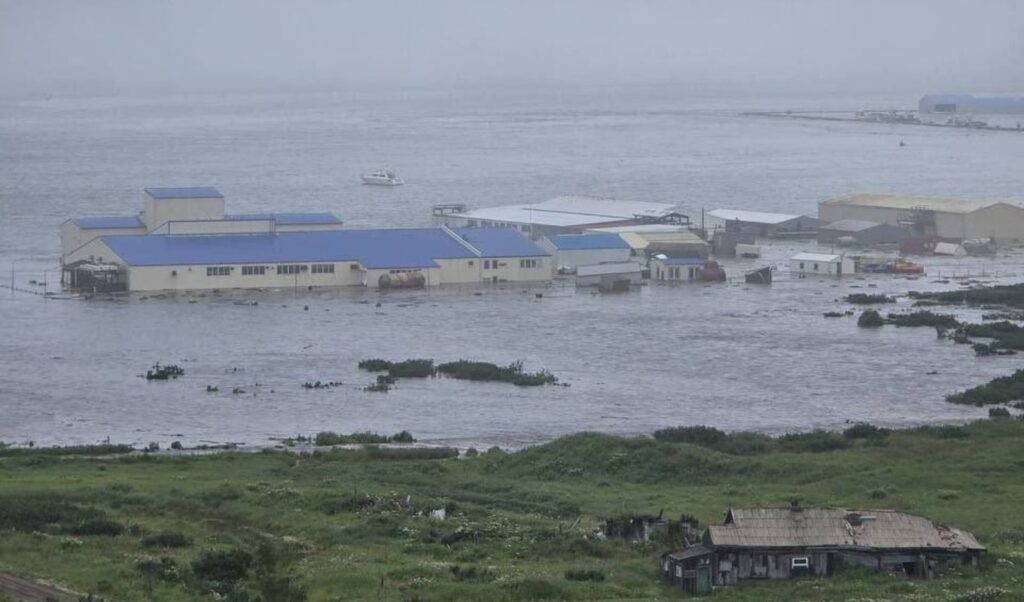The earthquake measuring 8.8 magnitude off the coast of Russia occurred on what is known as a “megathrust fault,” where the denser Pacific plate slides beneath the lighter North American plate, according to scientists. This seismic event triggered tsunami warnings across the entire Pacific Ocean.
It should be noted that the Pacific plate is in constant motion, making the Kamchatka Peninsula region off the Russian Far East coast, where the earthquake occurred, particularly vulnerable to such seismic events, with scientists not ruling out larger aftershocks. Specifically, according to Roger Mason, researcher at the British Geological Survey, as the Pacific plate moves westward at approximately 8 centimeters per year. With the earthquake’s epicenter located near the city of Petropavlovsk-Kamchatsky, this represents the largest earthquake since the catastrophic Tohoku event in 2011, which triggered a tsunami and destroyed Japan’s Fukushima Daiichi nuclear power plant.
Russia: Why the tsunami was triggered
Earthquakes of this type – called “megathrust” – have shallow focal depths and disrupt the ocean floor, displacing massive amounts of water. This particular earthquake had a focal depth of just 20.7 kilometers and was underwater, significantly increasing the risk of tsunami generation. “Underwater earthquakes with shallow depths are more likely to cause tsunamis because they can rupture the surface of the ocean floor,” explained Adam Pascale, chief scientist at the Australian Seismology Centre.
Waves reaching heights of 1.7 meters reached as far as Hawaii, smaller than initial estimates, however experts emphasize that even small waves can cause serious damage to low-lying island nations. Indeed, warnings were issued for waves up to 4 meters in parts of French Polynesia. The tsunami’s intensity, according to Pascale, also depends on coastal topography. “If the coast has a gentle slope, the wave energy dissipates. If it’s steep, the intensity increases dramatically.”
Russia: Seismic activity and aftershocks
It should be emphasized that the earthquake was already followed by at least 10 aftershocks above 5.0 magnitude and scientists warn that the aftershock sequence could last for months. According to Caroline Orchiston, director of the Sustainability Centre at the University of Otago in New Zealand: “Earthquakes of such magnitude trigger aftershocks that begin immediately and some of these can be dangerous on their own.”
The 8.8 magnitude earthquake came less than two weeks after a 7.4 magnitude earthquake in the same region, which is now considered a “foreshock.” “Earthquakes are inherently unpredictable,” comments Pascale. “There are no consistent precursors or signs. Until this morning, we thought the previous one was the main earthquake.”
Although an even larger aftershock cannot be ruled out, experts explain that as time passes, the probability decreases. “Large aftershocks are frequent at the beginning, but their frequency gradually decreases. Usually, if something bigger is going to follow, it will happen within a few days or weeks,” adds Pascale.




